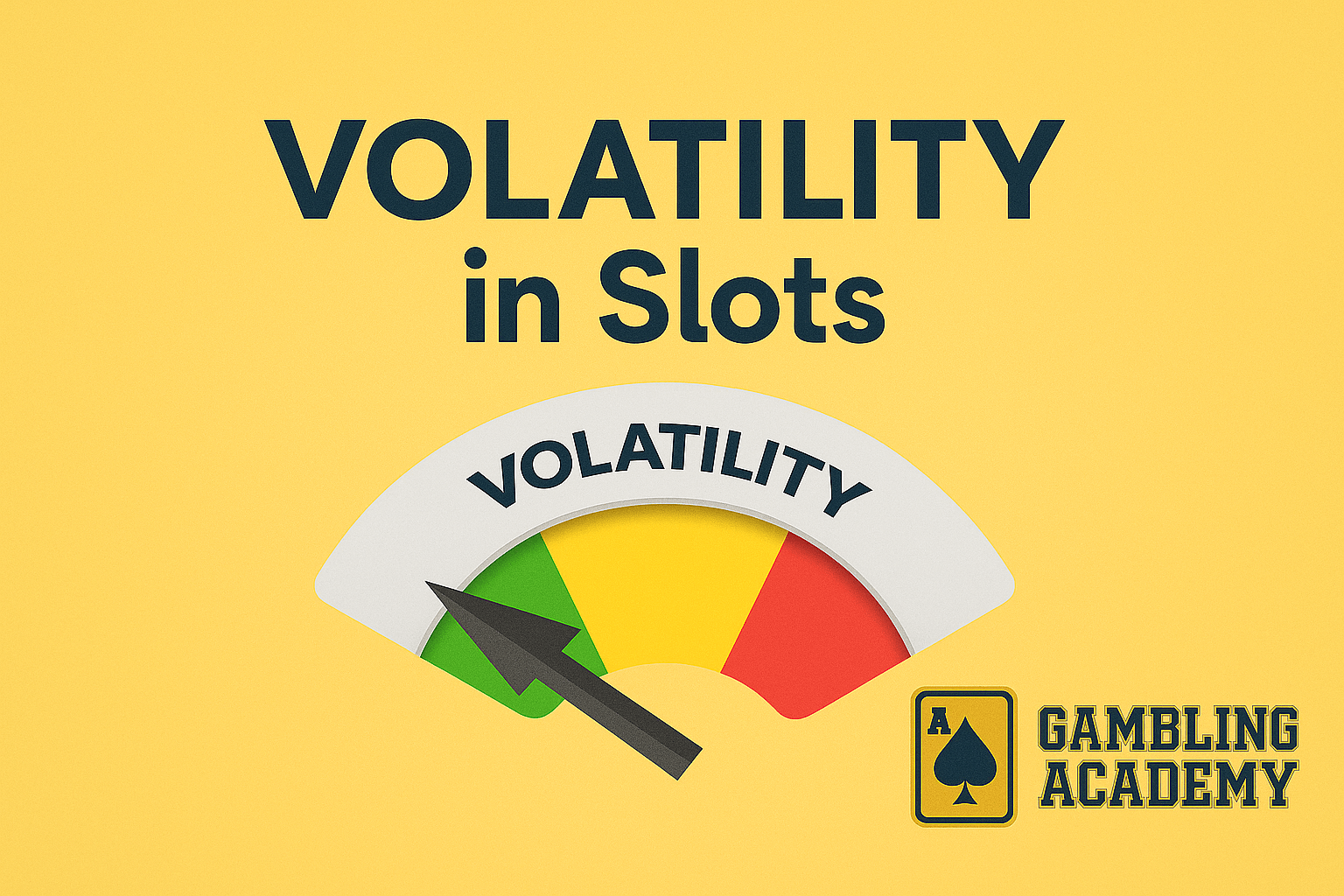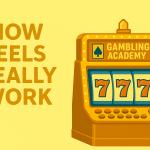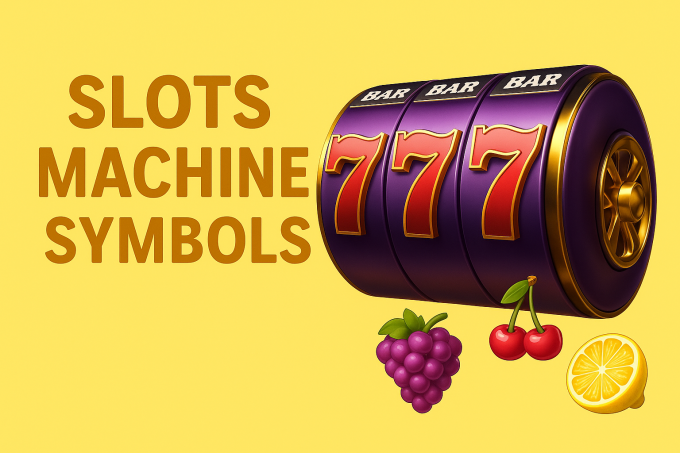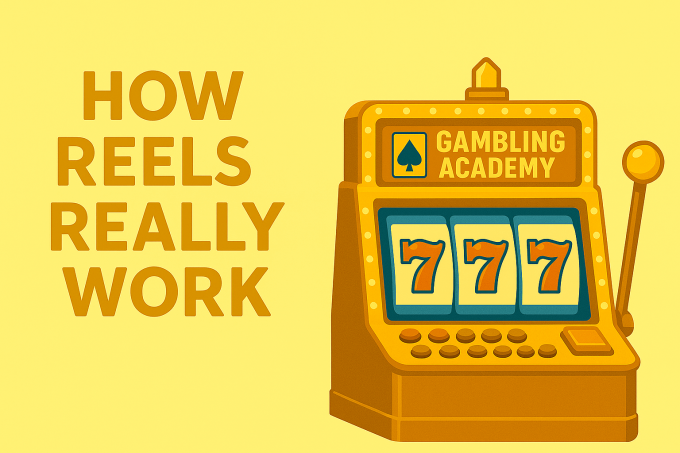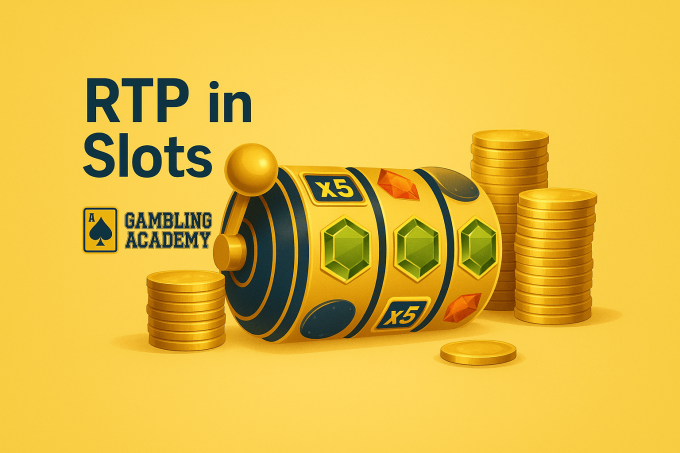If you’ve ever played online slots and noticed that some games hand out small wins often while others make you wait for that one big jackpot, you’ve already seen volatility in action – even if you didn’t realize it.
In the world of slots, volatility (also called variance) is a key factor that shapes how a game feels to play. It affects how frequently you win, how large those wins tend to be, and how risky each spin feels.
Understanding volatility in slots helps you pick games that match your budget, risk tolerance, and playing style. Whether you’re a cautious player who enjoys steady wins or a thrill-seeker chasing massive jackpots, knowing a slot’s volatility can make your gameplay smarter, more strategic, and a lot more fun.
What Is Volatility in Slots?
Ever wondered why some slots shower you with frequent small wins, while others make you wait ages for a massive jackpot? That’s the magic (or mystery) of volatility in slots, also known as slot variance.
In simple terms, volatility measures how risky a slot game is, how often it pays out and how big those payouts tend to be. It’s one of the key characteristics that defines a slot’s “personality.”
- Low volatility slots = frequent, smaller wins → less risk, more playtime.
- High volatility slots = rare, larger wins → more risk, more thrill.
Think of it like driving: low volatility is cruising down a calm highway; high volatility is taking sharp turns on a mountain road – both exciting, just very different experiences.
What Does Volatility (Variance) Mean in Slots?
When you spin a slot, each outcome is random – but over time, patterns emerge in how a slot pays. That’s what volatility represents: the frequency and size of your wins.
- Low volatility slots pay smaller prizes but more often.
- High volatility slots hold back, delivering rare but big rewards.
Picture two types of rides:
- 🎢 A roller coaster (high volatility): long climbs, sudden drops, big thrills.
- 🎠 A merry-go-round (low volatility): steady, predictable, gentle fun.
Both can be enjoyable; it just depends on your risk tolerance and budget.
The Different Types of Slot Volatility
Every online slot falls into one of three main volatility categories – low, medium, or high. Knowing which one suits you can make all the difference in your gameplay experience.
| Volatility Type | Win Frequency | Win Size | Risk Level | Best For |
| Low | Frequent | Small | Low | Beginners / Small bankrolls |
| Medium | Moderate | Medium | Medium | Casual players |
| High | Rare | Large | High | Experienced players / Big bankrolls |
Low Volatility Slots
These are great for beginners or players who want long, relaxing sessions.
- Frequent small wins
- Lower risk, longer playtime
- Ideal for smaller budgets
Example: You might win $5 or $10 frequently but rarely land a big jackpot.
Low-volatility slots keep your balance steady and entertainment flowing.
Medium Volatility Slots
Perfect for players who want a balanced experience.
- Moderate frequency, moderate prize size
- Offers both steady wins and occasional big hits
- Suited for casual players
Example: You might see a mix - smaller wins to keep you engaged, and every now and then, a $50 or $100 payout to spice things up.
High Volatility Slots
For thrill-seekers who love chasing massive wins.
- Rare but significant payouts
- High risk, high reward gameplay
- Best for experienced players with bigger bankrolls
Example: You might go 50 spins without a hit — then suddenly win 500x your bet.
It’s an adrenaline-packed ride that demands patience and strategy.
How Volatility Affects Your Gameplay and Bankroll
Volatility doesn’t just shape your results – it shapes your entire playing experience.
- Low volatility slots let you play longer with steady feedback. You’ll see frequent wins that keep your mood high and bankroll steady.
- High volatility slots can burn through your budget fast, but one big win can turn your session around instantly.
If you’re playing with a small bankroll, go for low or medium volatility to maximize playtime.
If you’re ready to take bigger swings for bigger rewards, high volatility games deliver that pulse-pounding excitement.
Always set a budget and stick to it – even low volatility games can drain funds with time if you chase losses.
Volatility vs RTP – What’s the Difference?
Many new players confuse RTP (Return to Player) with volatility, but they measure totally different things. The RTP is one of the most important things you need to know, so we recommend that you understand the RTP perfectly.
- RTP = The average percentage of wagered money a slot returns to players over time.
- Volatility = How that return is distributed (steady trickle vs. rare explosions).
Example: Two slots might both have a 96% RTP.
- One gives small, frequent wins (low volatility).
- The other gives rare, big wins (high volatility).
So while RTP shows your long-term average return, volatility shows your short-term experience.
How to Identify a Slot’s Volatility
Most game developers display volatility in the info or paytable section. But if not, here’s how you can make a good guess:
- High jackpots or rare bonus features usually mean high volatility.
- Frequent small wins and regular free spins indicate low volatility.
Pro tip: Try the demo mode before betting real money.
If you see quick wins, it’s likely low volatility; if you’re waiting a while for a big payout, it’s high volatility.
Some casinos or slot review sites even include a slot volatility chart to help you compare games before playing.
Pros and Cons of Each Volatility Level
Low Volatility Slots
✅ Frequent, steady wins keep gameplay fun and relaxing.
❌ Lower potential for large jackpots.
Medium Volatility Slots
✅ Great mix of risk and reward.
❌ Can feel unpredictable at times.
High Volatility Slots
✅ Huge win potential, thrilling gameplay.
❌ Long losing streaks and higher bankroll risk.
No volatility type is “better” – it’s about matching the game to your personality and goals.
Conclusion – Choose Volatility That Matches Your Style
Understanding slot volatility gives you an edge. It helps you manage expectations, make smarter bankroll decisions, and choose games that match your style.
- If you love long sessions and steady action – go low volatility.
- If you crave balance – choose medium volatility.
- If you’re all about adrenaline and chasing jackpots – high volatility is your playground.
Ultimately, the “best” slot is the one that keeps you entertained.
FAQs: Volatility in Slots
What is slot volatility in simple terms?
It’s how risky a slot is – how often it pays and how big the wins are.
What’s the difference between high and low volatility slots?
High-volatility slots pay less often but offer bigger prizes; low-volatility slots pay more frequently but with smaller rewards.
Which volatility type is best for beginners?
Low or medium volatility slots are ideal for beginners. They allow longer playtime and more consistent feedback.
Does slot volatility affect RTP?
No. RTP shows overall payout percentage, while volatility shows how and when those payouts occur.
Can I tell a slot’s volatility before playing?
Yes! Check the info screen, game reviews, or try the demo mode to gauge win frequency.
What’s the best volatility for long gaming sessions?
Low or medium volatility slots help you stretch your bankroll and enjoy more spins per session.

